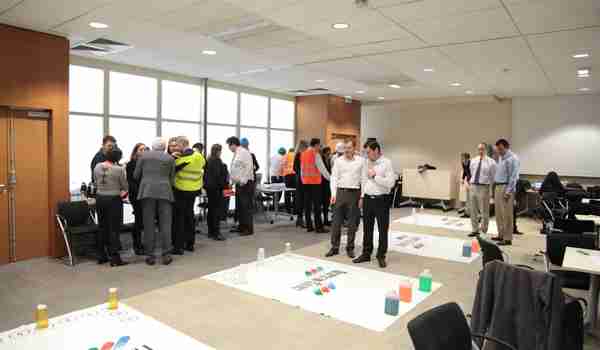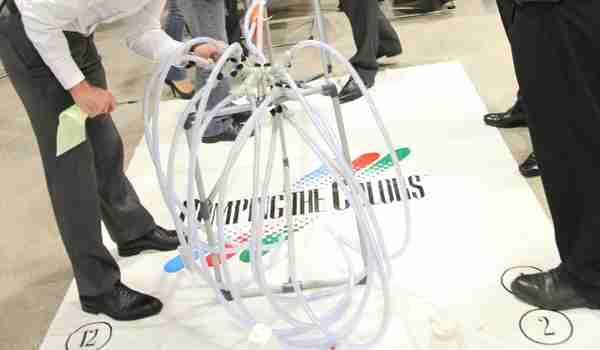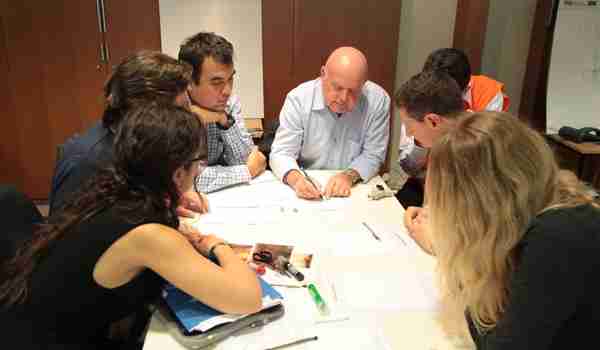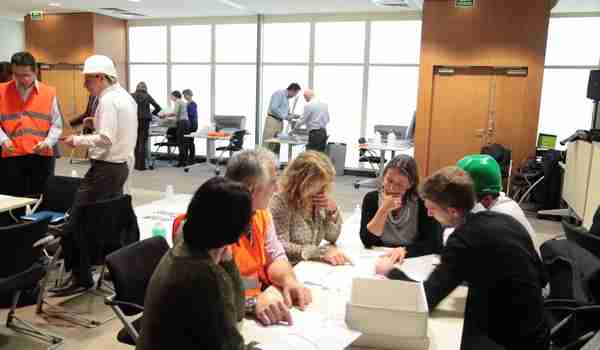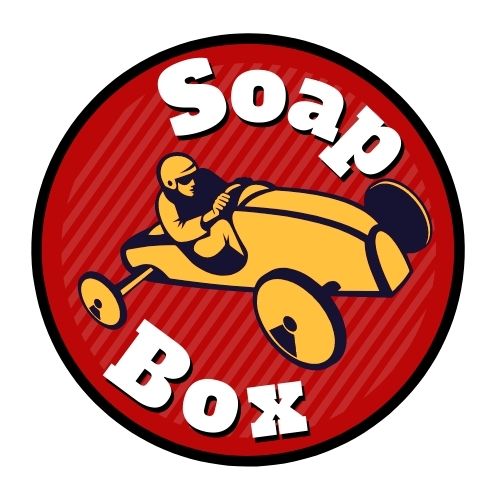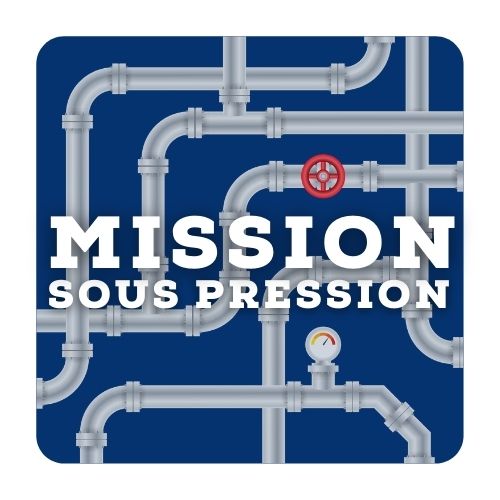
Mission under pressure: Project mode
Manage a project as part of a team, taking into account the “Customer Experience” and complying with highly restrictive specifications within a limited timeframe.
Benefits:
- Communication
- Sharing skills
- Improve team project management
Duration of the activity:
- 2h30 to 3h00
Format:
In-person
The challenge:
Your mission, if you accept it: as experts, to imagine and design a fluid transfer system and save a high-risk area.
The Mission Sous Pression experience enables your teams to manage a project from A to Z: from system design to final testing before commissioning.
Divided into teams, the participants are given an extremely delicate mission: to transport a dangerous product between two areas hit by an earthquake.
Based on the very strict specifications, the teams will have to organize themselves to successfully complete the project and avoid any further disasters: allocation of tasks, definition of a management style, risk control, evolution in project mode…
Are you up to the challenge of this highly perilous mission?
What is Pressurized Mission?
Enlightenments
- Best practices for a successful project team
- Optimal organization of a project team
- The importance of the “customercentric” concept – all decisions take account of the customer’s needs and expectations
- The benefits of Lean Management in project management
- The role of collective motivation in project team performance
- A focus on ergonomics (a project by engineers for customers, not by engineers for engineers)
How it works
- A representative of the multinational communicates the principles and rules of the test and the main terms of the specifications,
- The teams organize themselves and allocate roles,
- The concept and plan are defined,
- Material requirements are identified and ordered from the supply team,
- Construction is done in sub-groups,
- The ongoing relationship with the “customer” enables us to validate our hypotheses and include them in the loop (as co-producers),
- After training a “customer” operator, the final test validates the quality of the project confirmed by the customer.
Similar Activities

The Cohesion Bridge

Meet & Win
Questions
For over 30 years, we have been helping teams to improve communication and strengthen cohesion. Whether you’re looking to rekindle your team’s bond, or you’re building a new team, we’re here to help and meet all your needs.








